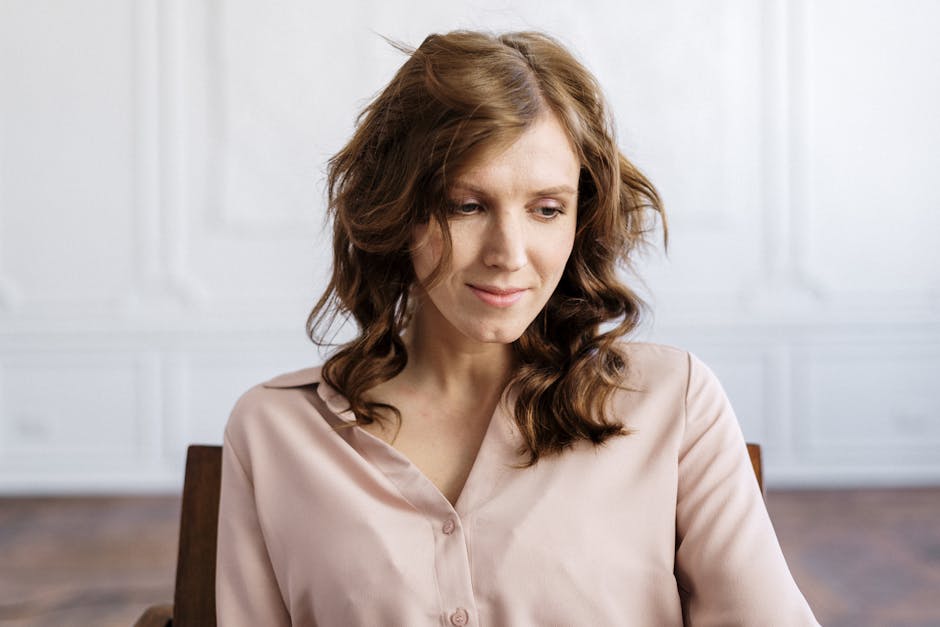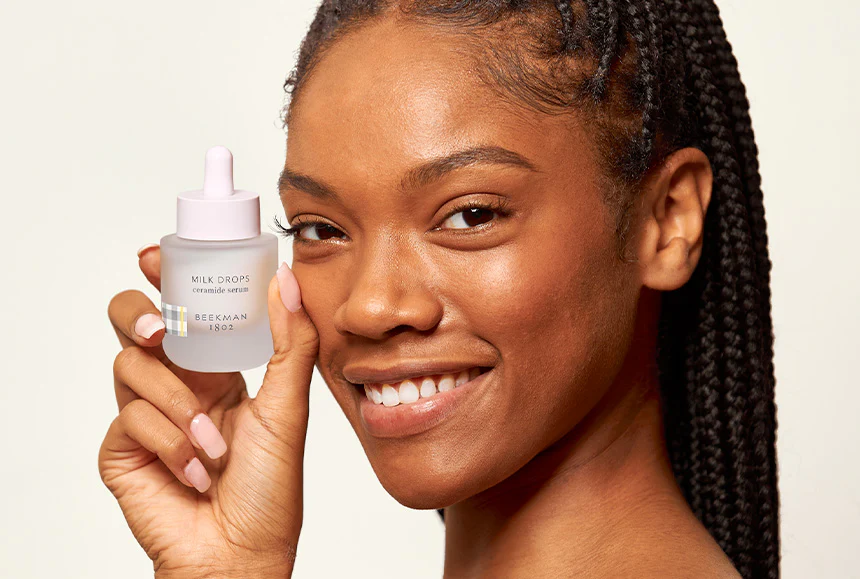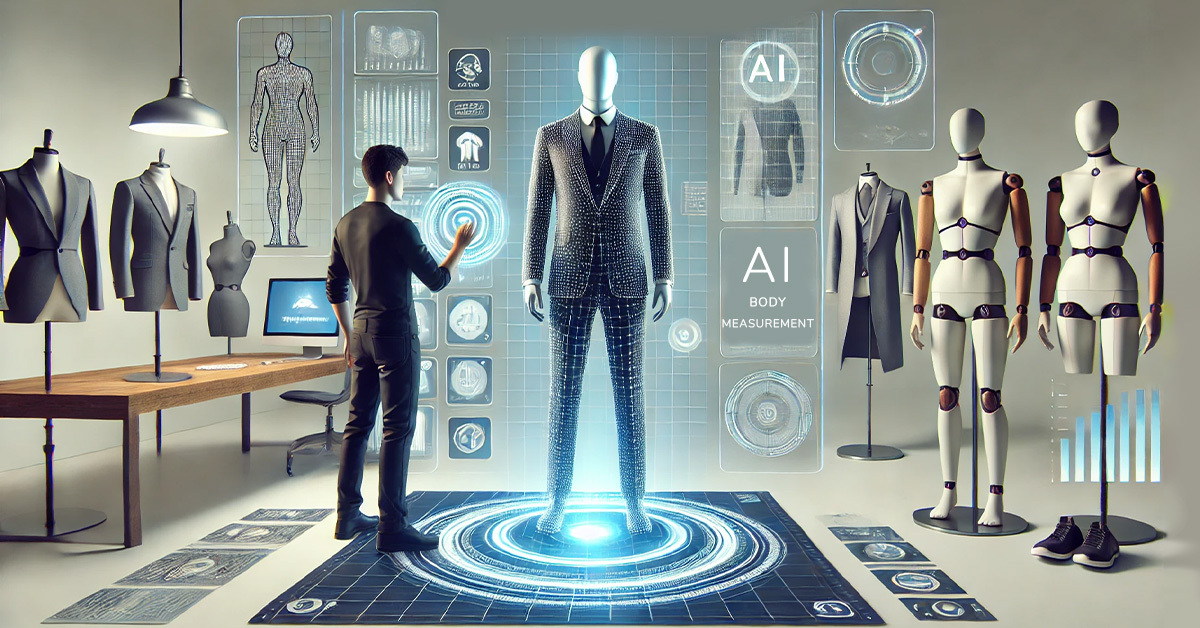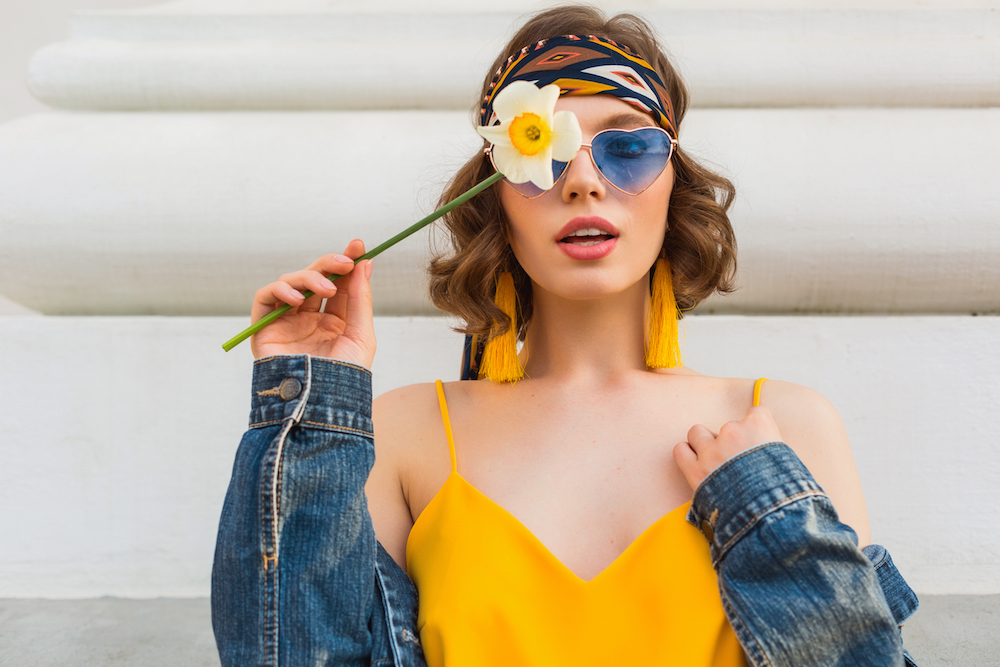The Beauty-Brain Connection: Understanding Our Complex Relationship with Appearance
Beauty and mental health are deeply interconnected in ways that affect millions of people daily. For those seeking to understand this relationship quickly:
- Body Image Impact: Negative body image is linked to higher rates of anxiety, depression, and eating disorders
- Social Media Effect: 40% of UK teenagers report social media images make them worry about their bodies
- Gender Differences: While 54% of young females globally have low to medium body esteem, 10-30% of males also report body dissatisfaction
- Mental Health Risk: Adolescents with body image dissatisfaction are 3.7 times more likely to experience depressive symptoms
Have you ever noticed how a “good hair day” can lift your mood, while scrolling through filtered social media posts might leave you feeling inadequate? This isn’t coincidental – it reflects the profound connection between our appearance and our psychological well-being.
“In today’s world, self-care has become more important than ever,” notes one researcher. Yet as beauty standards become increasingly unattainable through digital manipulation and narrow cultural ideals, the mental health toll continues to rise.
The relationship between beauty and mental health isn’t new. Throughout history, societies have created beauty standards that reflect power structures and cultural values. What has changed is the intensity and ubiquity of these messages, delivered through our phones 24/7, often beginning in childhood.
When we feel pressure to conform to unrealistic beauty ideals, the consequences can be severe. Research shows that 6 in 10 young females have avoided social engagements due to body image concerns, while 5 in 10 have put their health at risk by skipping meals or avoiding medical care.
For eco-conscious consumers like you, navigating the beauty industry involves additional layers of consideration – from product ingredients to marketing ethics to sustainable practices. Finding a balance between personal care routines that improve well-being without compromising values requires thoughtful, informed choices.
Beauty routines themselves aren’t inherently problematic – in fact, mindful skincare and self-care practices can serve as therapeutic rituals that provide structure and comfort during difficult times. The key lies in developing a healthy relationship with beauty that improves rather than undermines mental health.

Similar topics to Beauty and mental health:
Beauty and Mental Health: Why Standards Matter
Beauty standards aren’t just innocent preferences—they’re powerful forces that shape our self-image and mental wellbeing. These aren’t random; they reflect deeper cultural values, power dynamics, and social hierarchies that affect us all in different ways.
When we examine beauty and mental health together, we need to recognize how these standards impact different groups uniquely. Women, people of color, LGBTQ+ individuals, and those in larger bodies often face the harshest judgments. Eurocentric ideals that celebrate light skin, straight hair, and thinness can be especially harmful to those who naturally look different.
“Beauty standards function as social power structures, not just aesthetic preferences,” as researchers have noted. This perspective helps explain why the pressure feels so intense—it’s not simply about looking good, but about gaining social acceptance and opportunities.
The concept of “attractiveness privilege” is very real. People who match conventional beauty ideals often receive better treatment in relationships, job interviews, and even healthcare settings. When we don’t meet these standards, we might face rejection, discrimination, and deep feelings of shame.
Men struggle too. Though beauty pressures historically targeted women, research shows 10-30% of males feel unhappy with their bodies, with 69% of adolescent boys reporting weight concerns. For men, ideals typically revolve around muscularity, height, and physical strength.

How “Beauty and Mental Health” Shapes Our Self-Worth
Our relationship with beauty begins surprisingly early. By age six, children have already absorbed cultural messages about “good” and “bad” bodies. Family members play a crucial role here—their comments about weight, appearance, and eating habits create the foundation for how we’ll view ourselves for years to come.
Research confirms that “women are more likely to have negative body image than men,” a gap that stems from constant messaging that a woman’s looks are her most valuable asset. From early childhood, girls receive far more compliments about their appearance than about their achievements, teaching them that looking pretty matters more than being smart, kind, or accomplished.
Looking at history reveals how arbitrary beauty standards really are. Renaissance paintings celebrated fuller figures as signs of wealth and fertility. Victorian women damaged their bodies with tight corsets for tiny waists. The 1920s flapper look praised boyish figures, while the 1950s returned to hourglass shapes. The “heroin chic” thinness of the 1990s has given way to today’s impossible “Instagram face” and “slim-thick” body ideal.
Seeing these shifts helps us understand that beauty standards aren’t natural or fixed—they’re made up and constantly changing. This realization can be freeing, helping us question why we’re chasing standards that will likely be different in ten years anyway.
Theoretical Lenses on Beauty and Mental Health
Several psychological theories help explain why beauty standards affect our mental health so deeply:
Objectification Theory explains how women learn to see themselves as objects to be evaluated based on appearance. This “outside observer” perspective leads to constant self-monitoring, which drains mental energy and creates feelings of shame and anxiety. As one researcher puts it, “When we’re constantly viewing ourselves from the outside, we lose touch with how our bodies feel from the inside.”
Social Comparison Theory shows that humans naturally evaluate themselves by comparing to others. In today’s media landscape, we’re bombarded with idealized images representing the top 1% of appearance—often further improved by filters and editing. These upward comparisons inevitably leave us feeling inadequate.
Self-Discrepancy Theory looks at the gap between our actual self and ideal self. When beauty standards create an impossible ideal, the resulting gap leads to negative emotions like disappointment and even depression. Research has linked these self-discrepancies to disordered eating, body dysmorphia, and anxiety disorders.
Together, these theories show why beauty standards aren’t just surface-level concerns—they deeply affect our sense of self-worth and belonging in ways that significantly impact beauty and mental health. Understanding these connections is the first step toward developing a healthier relationship with our bodies and appearance.
The Social Mirror: Body Image, Self-Esteem & Measurement
Have you ever stepped on a scale and let that number determine your mood for the entire day? You’re not alone. Our society has created countless ways to measure and evaluate our bodies—turning simple metrics into powerful judges of our worth, health, and beauty.
Weight stigma remains one of the most widely accepted forms of discrimination in our culture. People in larger bodies face real prejudice in doctor’s offices, job interviews, classrooms, and even family gatherings. This isn’t just unfair—it takes a serious toll on mental health, driving up rates of depression, anxiety, and eating disorders among those who don’t fit the “ideal” size.
The BMI debate perfectly illustrates our problematic relationship with body measurements. Originally created as a statistical tool for population studies (not individuals!), BMI has somehow become the go-to method for categorizing bodies as “underweight,” “normal,” “overweight,” or “obese.” Yet it completely ignores muscle mass, bone density, and ethnic differences in body structure. A muscular athlete and someone with little muscle mass could have identical BMIs despite vastly different body compositions.

Height brings its own set of biases into the beauty equation. For men, studies consistently show taller individuals earn higher salaries and are viewed as more attractive and authoritative. Women face the opposite pressure—being petite is often celebrated, creating yet another impossible standard where you should be thin but not too tall. These contradictory expectations leave many feeling they simply can’t win.
The psychological impact of living under constant measurement is profound. Body dissatisfaction—that nagging feeling that your weight, shape, or appearance isn’t good enough—has become so widespread that researchers now call it “normative discontent,” especially among women. Think about that: feeling bad about your body is now considered normal.
Numbers vs. Well-Being: When Metrics Define Beauty and Mental Health
The statistics reveal the serious consequences of our measurement obsession:
- 54% of girls and young women ages 10-17 worldwide report low to medium body esteem
- Young people who dislike their bodies are 3.7 times more likely to experience depression
- 5.2% of females develop clinical eating disorders like anorexia, bulimia, or binge eating disorder
- Nearly one-third of teenagers and 35% of adults feel depressed or ashamed because of their body image
These aren’t just uncomfortable feelings—they represent a genuine public health crisis affecting millions of lives.
Physical measurements like weight and BMI have complicated relationships with actual well-being. While extreme measurements might correlate with certain health risks, these numbers tell us surprisingly little about an individual’s mental health, daily habits, or quality of life.
“Viewing the body as a functional tool shifts focus from aesthetics to lived experience,” one body image expert explains. This perspective encourages appreciating what our bodies can do rather than obsessing over how they look—a powerful mental shift that supports genuine well-being.

At Beyond Beauty Lab, we believe in a weight-neutral, health-at-every-size approach that recognizes these traditional metrics for what they are—limited tools that often cause more harm than good. Instead, we focus on behaviors that support overall well-being regardless of size or shape. Your mental health deserves better than being held hostage by numbers on a scale or chart.
Scroll, Filter, Repeat: Social Media’s Double-Edged Sword
Social media has revolutionized how we experience beauty standards and their impact on our mental health. With approximately 95% of American children and teens ages 10-17 using social media “almost constantly,” these platforms have become powerful shapers of self-image.
Behind the scenes, social media algorithms are quietly working to keep us engaged – often by promoting content that triggers strong emotional responses like comparison, envy, and insecurity. The more we interact with beauty content, the more our feeds fill with similar material, creating a self-reinforcing cycle that’s tough to escape.
“We’re comparing our behind-the-scenes to everyone else’s highlight reel,” explains one expert, highlighting the fundamental imbalance in these comparisons. This digital environment creates an inherently unfair playing field where everyone appears more polished than they truly are.
Researchers have found an important distinction between how we use these platforms. Active social media use – creating content and genuinely connecting with others – can actually build community and support. Meanwhile, passive scrolling – silently consuming and comparing – more strongly correlates with depression, anxiety, and negative body image.
During the COVID-19 pandemic, eating disorder hospitalizations surged significantly, with social media trends like “quarantine15” amplifying anxieties about pandemic-related weight changes. Concerning online communities promoting “thinspo” (thin inspiration) and “fitspo” (fitness inspiration) often disguise extreme behaviors as health and motivation.
The situation has become so concerning that the U.S. Surgeon General recently issued the first-ever public health advisory specifically linking social media to youth mental health concerns – a clear signal that this isn’t just a passing worry.
“Beauty and Mental Health” in the Age of Infinite Scroll
The relationship between beauty and mental health has fundamentally transformed in our digital age. Nine in ten young people report exposure to toxic beauty content online, with half acknowledging a direct impact on their mental wellbeing.
Self-objectification intensifies in environments where likes, comments, and shares quantify social approval. Young people increasingly see themselves through this external lens, constantly monitoring their appearance rather than connecting with how they feel in their bodies.
Adolescents face particular vulnerability during these formative years when their developing identity coincides with heightened social awareness. The beauty standards they absorb now can shape their self-perception for decades to come.
But social media isn’t inherently harmful. Positive online communities centered around body acceptance, diversity, and mental health support provide valuable connection and validation for many people. The difference lies in how we engage with these platforms and what content we consume.
For those feeling overwhelmed by digital beauty pressures, our guide to Digital Detox: A Wellness Reset for Your Mind and Skin offers practical strategies for finding balance.
Detox & Re-Design: Taming Social Media for Beauty and Mental Health
We don’t need to abandon social media entirely to protect our wellbeing. Instead, we can develop healthier relationships with these platforms through thoughtful strategies:
Practice mindful scrolling by paying attention to how different content affects your mood. Notice when you feel worse after viewing certain accounts or posts, then use this awareness to curate a feed that uplifts rather than undermines you.
Create phone-free zones in your home – perhaps the dinner table, bedroom, or bathroom. These tech-free spaces provide opportunities to connect with yourself and others without digital distractions pulling at your attention.
Develop media literacy skills that help you think critically about the images you consume. Understanding photo manipulation techniques, marketing strategies, and how algorithms work empowers you to engage more consciously with what you see.
Policy-level interventions are gaining momentum too. Some countries have already implemented laws requiring disclosure of digitally altered images, while other proposals include increased platform transparency about algorithms and stronger privacy protections for children.
Research from the Dove Self-Esteem Project confirms the widespread presence of toxic beauty content online while offering valuable resources for navigating these challenges.

The journey toward healthier social media habits isn’t about perfection. Small, consistent changes in how we engage with these platforms can significantly improve our relationship with both beauty and mental health over time.
Coping, Healing & Changing the Conversation
Understanding the problem is one thing, but finding ways to heal and thrive in a beauty-obsessed world? That’s where the real change happens. Whether you’re looking for personal strategies or ways to create broader change, there are meaningful paths forward.
Many people find therapy invaluable for addressing body image concerns. Cognitive Behavioral Therapy (CBT) helps you identify those harsh inner thoughts about your appearance and replace them with more balanced perspectives. Self-compassion approaches teach you to treat yourself with the same kindness you’d offer a friend. For some, healing means exploring deeper trauma that may be at the root of body dissatisfaction.
“The goal isn’t to think you’re beautiful all the time,” explains one body image therapist. “It’s to recognize that your worth isn’t determined by your appearance at all.”
Body neutrality offers a refreshing middle ground for those who find body positivity challenging. Rather than pressuring yourself to love every inch of your body, neutrality invites you to simply acknowledge your body without judgment, appreciating what it does for you rather than how it looks.
When it comes to nourishment, intuitive eating helps rebuild trust with your body after years of diet culture messaging. Working with a weight-neutral registered dietitian can help you refind the natural wisdom your body has about hunger, fullness, and satisfaction.
Finding community—whether in supportive online spaces or local groups—reminds you that you’re not alone in these struggles. There’s tremendous power in sharing stories and strategies with others who understand.
On a broader scale, campaigns like Dove’s Real Beauty and Aerie’s #AerieREAL have helped challenge narrow standards by featuring diverse, unretouched models. While corporate initiatives have their limitations, they represent important steps toward more inclusive representation.
Policy changes are gaining momentum too. France now requires disclosure of retouched commercial images, while the proposed CROWN Act in the U.S. would prohibit discrimination based on hairstyle and texture—addressing systemic aspects of beauty standards and discrimination.
Personal Rituals: Daily Acts that Bridge Beauty and Mental Health
Your beauty routine itself can become a powerful tool for mental well-being when approached with intention and kindness. At Beyond Beauty Lab, we believe in rituals that honor both your appearance and inner peace.
Skincare as mindfulness transforms an everyday routine into a moment of presence. As you massage cleanser into your skin, notice the temperature, the texture, the subtle scent. Feel the cool splash of water, the softness of your towel. These sensory experiences anchor you in the present moment, creating a pocket of calm in a busy day.
“During my most difficult depression, my simple evening skincare routine gave me structure when everything else felt impossible,” shares one mental health advocate. “It was a small way to care for myself when self-care felt overwhelming.”
Self-Care Sundays provide a dedicated time to replenish both body and mind. Perhaps it’s a long bath with essential oils, a gentle face mask, or simply taking time to moisturize your entire body with gratitude for all it does for you. Our guide to Self-Care Sundays: How to Replenish Your Body and Mind offers practical ideas for creating weekly rituals that restore rather than deplete.
Morning rituals that combine beauty care with mindfulness set a positive tone for the day. This might include gentle cleansing, hydration, and a moment of gratitude for your body’s capabilities. The key is approaching these rituals with kindness rather than criticism.
When engaging with beauty routines, pause and ask yourself: “Who am I doing this for?” If the answer reveals that you’re driven by self-criticism or external pressure rather than self-care, it might be time to reconsider your approach.
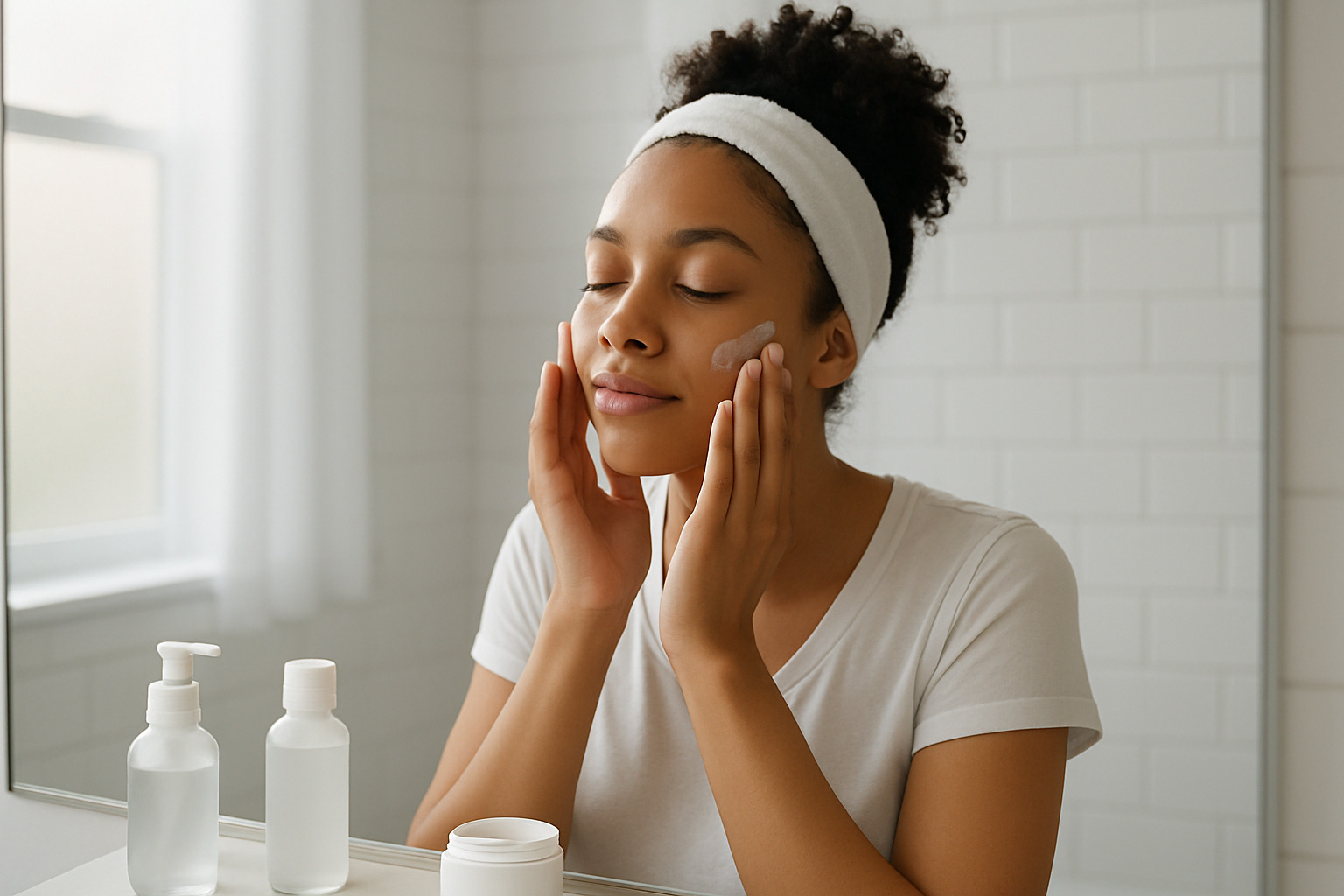
From Individual to Collective: Redefining Beauty and Mental Health
While personal strategies matter deeply, lasting change requires collective action to transform the systems that perpetuate harmful beauty standards.
Inclusive marketing that represents diverse bodies, skin tones, ages, abilities, and gender expressions helps normalize the beautiful variation in human appearance. As consumers, our purchasing power speaks volumes—we can support brands that accept authentic representation and avoid those clinging to narrow, exclusionary ideals.
Industry accountability means pressuring beauty and fashion companies to adopt ethical practices from honest advertising to sustainable production. The clean beauty movement represents one aspect of this accountability, focusing on transparent ingredient sourcing and formulation that respects both human and environmental health.
Education plays a crucial role in fostering critical thinking about beauty standards. When media literacy and body image education become part of school curricula, young people develop the skills to question and resist harmful messages before they take root.
Legislation addressing discrimination based on appearance, regulating predatory marketing practices, and protecting vulnerable populations (especially children) from harmful content represents another avenue for systemic change. Your voice matters in advocating for these protections.
Stigma reduction around beauty and mental health concerns encourages people to seek help without shame. By speaking openly about these struggles, we help normalize the very common experience of body dissatisfaction in a culture of impossible standards.
The power of breathwork offers another tool for your wellness journey. Our article on The Power of Breathwork for Wellness and Inner Glow explores how this ancient practice supports both mental health and natural beauty from the inside out.
Scientific research on effective body image interventions shows that the most promising approaches combine individual support with broader social change—reminding us that healing happens at both personal and collective levels.
Conclusion & Call to Action
At Beyond Beauty Lab, we believe that genuine beauty flows from whole-person wellness—encompassing body, mind, and spirit. The relationship between beauty and mental health isn’t simply about avoiding harm; it’s about creating intentional practices that nourish both simultaneously.
We envision a world where beauty rituals improve rather than undermine psychological wellbeing. A world where self-care becomes an act of compassion rather than correction. A world where human diversity is celebrated with genuine enthusiasm, not reluctant tolerance.
This vision requires both personal commitment and collective action. Individually, we can develop mindful beauty practices that honor our inherent worth beyond appearance. Together, we can challenge harmful standards, champion inclusive representation, and advocate for systems that protect vulnerable people from exploitation.
The path toward a healthier beauty culture begins with awareness—but it certainly doesn’t end there. Real change happens through thoughtful choices about the media we consume, the products we purchase, the language we use about bodies (both our own and others’), and the values we prioritize in our daily lives.
We warmly invite you to join our growing community dedicated to a more compassionate, inclusive understanding of beauty—one that recognizes inner radiance as the true source of lasting attractiveness. As we explore in our article on Holistic Wellness: The Secret to Long-Lasting Beauty, authentic beauty emerges naturally from wellbeing, not from striving to meet impossible external standards.
Your personal relationship with beauty exists within a broader social context. By nurturing your own mental health while contributing to positive cultural change, you become part of the solution we all need.
What small step might you take today to foster a healthier relationship between beauty and mental health in your own life? Perhaps it’s unfollowing social accounts that trigger comparison, creating a mindful skincare ritual that feels like self-care rather than obligation, practicing gentle self-talk when looking in the mirror, or speaking up when you encounter harmful beauty messaging.
Whatever you choose, you deserve to feel at home in your body—not because it meets arbitrary standards, but because it’s the amazing vessel through which you experience all of life’s beauty. And that, beyond all cosmetics and measurements, is what truly matters.


